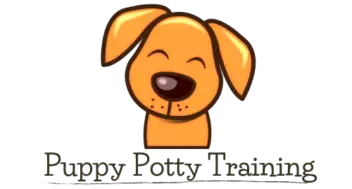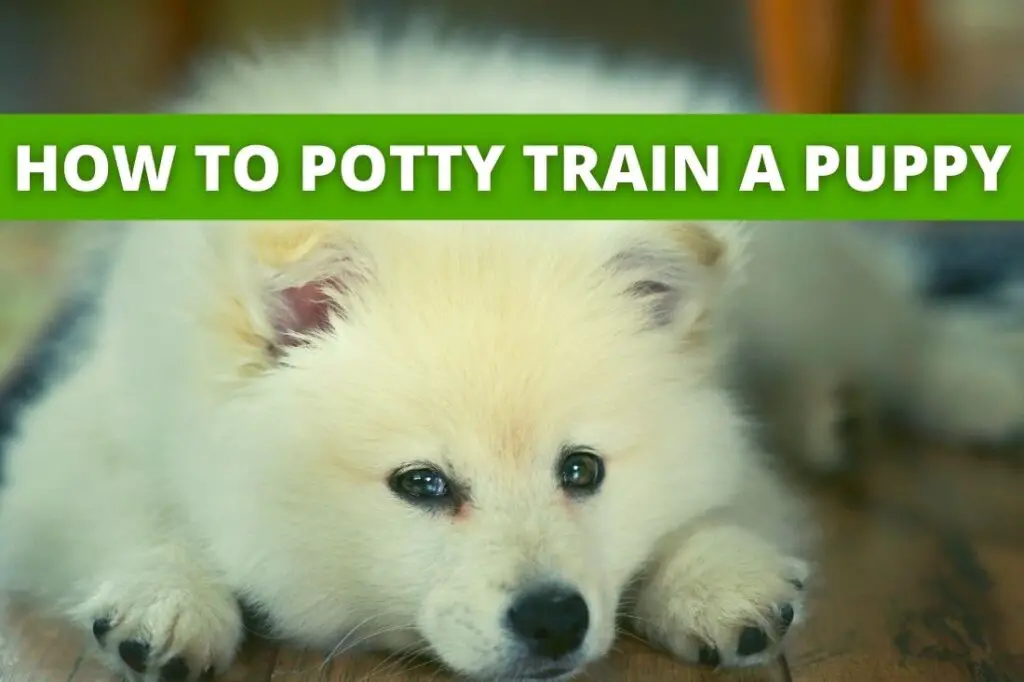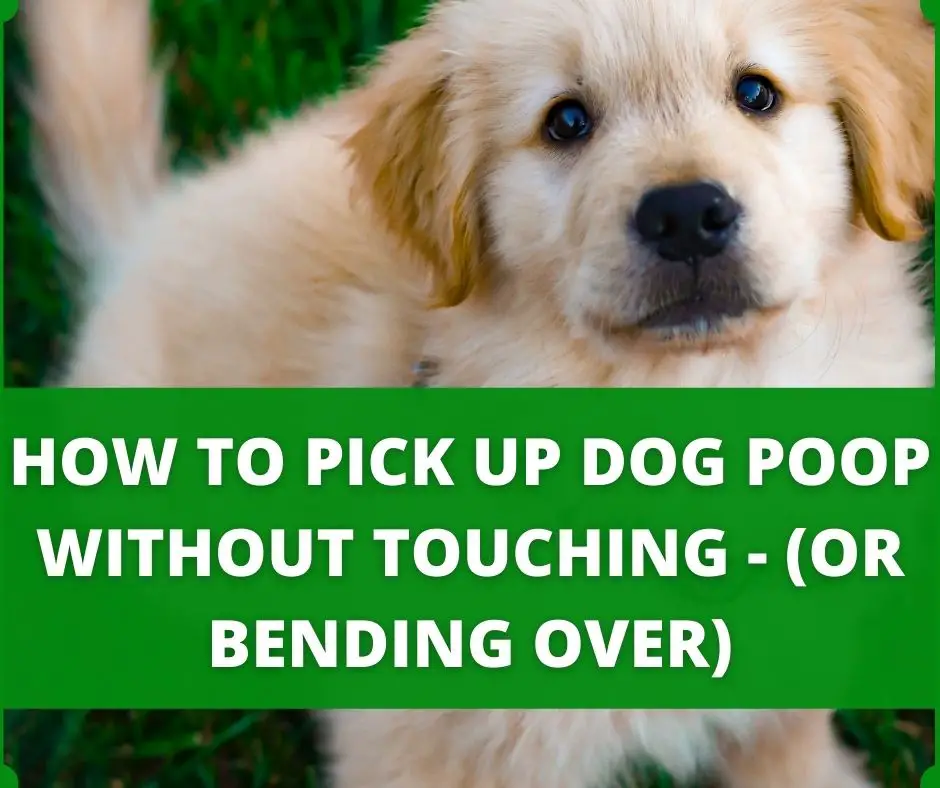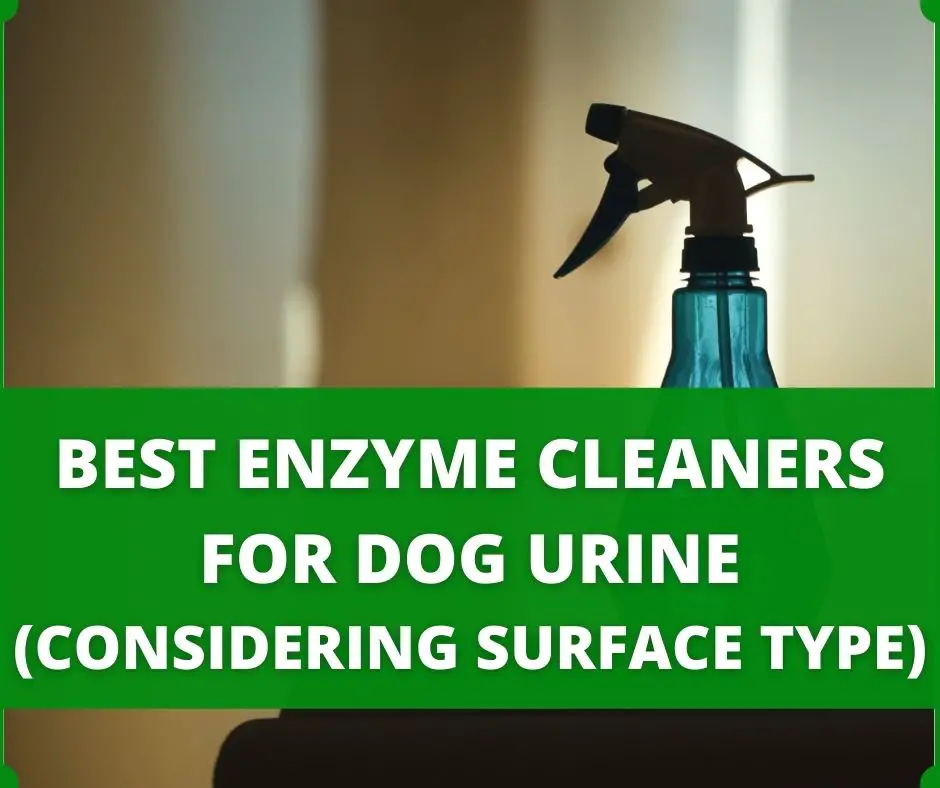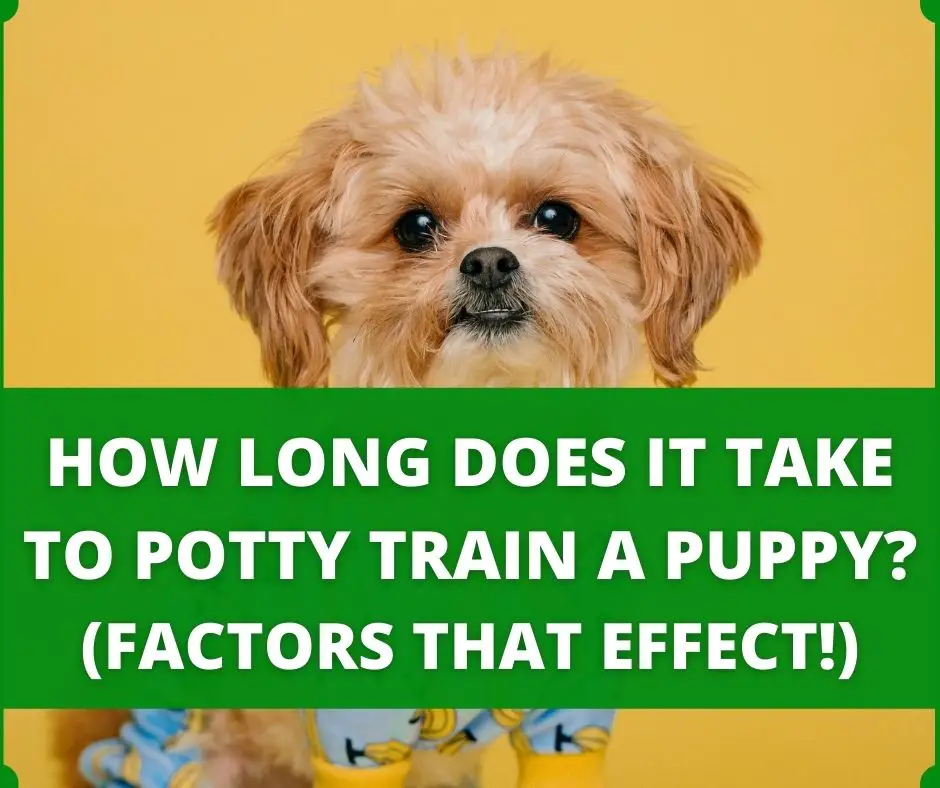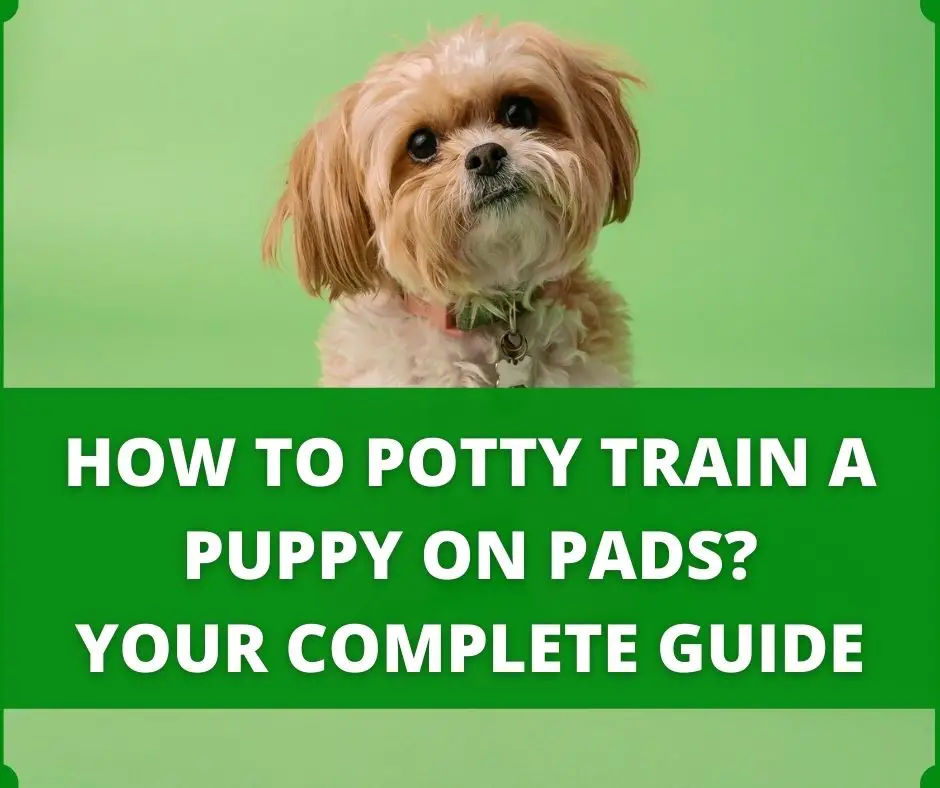Housetraining a puppy is hard, only if you don’t know that how to do it the right way. It’s so exciting when you welcome your new puppy home but the challenges start to show up right away and one of the quickest and hardest challenges is house training your cutie. But if you know “how to potty train a puppy?”; it can be easy. We are trying to make it easy for you.
We have 2 answers for you. A short and quick one to give you an idea and a long one to walk you through step by step; Getting your puppy, getting prepared, the process of training, what to do after, and answers to the frequently asked questions.
Without wasting any time here’s a quick answer to your question:
How To Potty Train A Puppy?
“Never Ever give your puppy a chance to relieve himself in your house (or in any other place than the place you designated for him)”. Here are the steps:
1- Connect and understand your puppy (and his breed traits)
2- Be prepared and have all your supplies in hand.
3- Set up a fixed eating schedule and take your puppy outside (or the designated spot) every 1-2 hours, immediately after he wakes up, after every play session, 5-30 minutes after he eats or drinks, right before bed, and whenever he shows the cues that he needs to go.
4- Keep a hawk-eye on your puppy and understand the signs he shows when he needs to go.
5- Stand boring when your puppy is relieving himself and give him an immediate reward every time he does a great job.
6- Forgive him for accidents and immediately clean up the mess with an enzymatic cleaner and note down the time and do better next time.
7- Note down your puppy’s schedule and discuss it with the pet sitter or other family members.
Now, you must have an idea in your mind that how to do this job. but there is a ton of more information you need to have in order to successfully train your puppy; without being overwhelmed.
Quick Navigation
- Before Getting your puppy
- Connecting and understanding
- Preparation
- Shopping list
- Keys for success
- How to potty train a puppy (step-by-step guide)
- How to deal with potty accidents
- FAQ’s
- More useful resources
This article is only 15 minutes read, and it’s totally worth it.
We encourage you to read through the end so you don’t miss any important points.
The Step-By-Step Process Of House Training A Puppy
House soiling is one of the most common reasons; many dogs lose their homes. The problem is, many people don’t know how to do the job properly and they end up making the situation even worse and the final destination becomes a dog shelter. Sad! But that’s true.
So it’s best to learn first before starting to train so you don’t get confused, neither does your puppy.
Step 1- Getting/ Adopting The Puppy:
This step is for the people who haven’t got their puppy yet. If you already have one; you can jump to the next point by clicking here.
Getting the puppy from the right place and at the right time is the very first and important step. Because if your puppy has spent his early months watching and practicing good habits, it will be easier to potty train them.
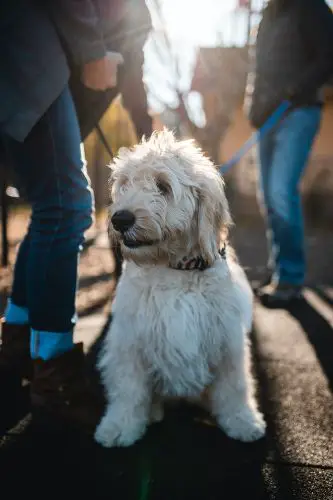
# Get The Puppy From A Quality Breeder:
Puppies bought from pet shops, online stores, or dog mills are forced to stay in their crates or wherever they live.
There are lots and lots of dogs and puppies living in the same place, and almost none of them are being exposed to good habits. So getting your puppy from quality breeders is the best option.
Some quick signs of quality dog breeders are
- They’ll meet you in person
- Only a small number of dogs (and breeds) will be available.
- You’ll have to wait to get your puppy.
- They’ll keep the puppy for at least the first 6 weeks of age.
- They will have a lot of knowledge of the specific breed.
Quality breeders focus on good training of their puppies from the very first day and they usually keep the puppies at their home. The mother of the puppy is most likely to be potty trained so it will be easier for you to house train your pup.
# Learn About Breed Traits:
Some dogs are harder and some are easier to potty train. Because some dogs have strong muscles, have large bladders and some are not so stubborn. Intelligence and eagerness to please the owner are also factors that make some dogs easier or harder to potty train.
Check out this ultimate list of hardest dogs to potty train.
# Choose The Right Time To Get Your Puppy:
It is a very important thing to consider. You may consider avoiding the times of extreme weather to get your new puppy because it’s usually harder to potty train the puppy at these times.
You should not get a new puppy when you are going to be so busy at your work in the next few weeks. For example; if you work as an accountant; the months of June/December (whenever your financial year ends) must be busy. If you own a seasonal business, you shouldn’t get your puppy right before your season starts.
You’ll have to spend a lot of time with your puppy, training him; for the first few weeks/months. So make sure you have enough time, and other situations are suitable.
Step 2- Connecting And Understand Your Puppy:
Get your puppy home and start to train him right away! Wrong practice. Your first priority should be to connect with your puppy and understand him.
We are not saying that you shouldn’t set good habits. The goal should be only to set habits, not to train them and expect great results within days.
How To Connect?
- Fix a play area. Remember to limit the area where your new puppy will spend his time. Do not provide him with a lot of freedom to roam around the house, until he is fully potty trained.
- Play with your puppy, spend more time with him so you two have some connection. It will also help you to potty train him because you will have more time to understand him.
Your puppy will also feel connected with you. He will be much more eager to please you and that will definitely help you.
- You can put a diaper on your puppy. But make sure to keep an eye on the diaper and immediately change it after he has done the deed.
Benefits: This way you will be able to understand the potty schedule of your new doggy. And you will save your house from the mess and the smell.
But beware! It may develop bad habits if you can’t keep an eye on the puppy and can’t change the diaper immediately.
- Notice the signs your puppy shows when he needs to go to the toilet. While you are spending more time with your puppy. Keep an eye on him and learn what he does when he relieves himself. Usually, every puppy has some specific signs to show their urge. Like sniffing, circling, barking, changing position, or maybe he’ll stare at you.
- You must choose the right age and time to start potty training your puppy.
Learn more about. when to start potty training a puppy and at what age a puppy should be fully potty trained.
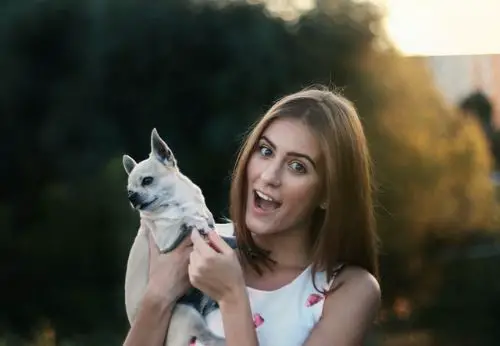
Step 3- Get Prepared
Getting prepared is the most important part of every task you want to accomplish. Without being prepared things can become more overwhelming and rough.
Take Some Days Off:
We recommend taking some days off when you’ll start potty training your puppy. It will help you to stay consistent and really teach your puppy without getting distracted.
It’s better to take Monday, Tuesday, and/or Wednesday off, so you can pair them with the weekend and have more time.
Buy Groceries And Prepare Some Meals:
Buying groceries and preparing and freezing some meals will help you to focus better on your puppy’s training. You won’t get overwhelmed.
Have All Supplies In Hand:
HAVE ALL SUPPLIES IN HAND, if you really want to make the process smoother and less overwhelming.
Find out your shopping list below
Make Sure Your Puppy Is Healthy:
Double-check the health of your puppy because common problems like UTI and constipation may hinder the training.
Make Sure Your Puppy Has A Routine
Your puppy must have a specific feeding routine. Whatever the time you choose for his meals and water, it should be the same.
your shopping list for puppy’s potty training
| Sr. No | Supplies | Buy on Amazon | Estimated price (till date) |
|---|---|---|---|
| 0. | Printable Tracker Sheets | Free Download | 0 |
| 1. | Crate | Shop Now | $ 30-60 |
| 2. | Playpen | Shop Now | $ 40-60 |
| 3. | Leash | Shop Now | $ 7-13 |
| 4. | Dog treats | Shop Now | depends upon the quantity |
| 5. | Enzyme Cleaner | Shop Now | $ 10-40 depending upon the quantity |
| 6. | Poop Bags | Shop Now | $20 – 25 for 100 count |
| 7. | Poop Scooper | Shop Now | $20-30 |
| 8. | Paper towels | Shop Now | Not available |
| 9. | UV Flashlight | Shop Now | $18-23 |
| 10. | Doggy Dolley (optional) | Shop Now | $ 50-60 |
| 11. | Potty bell (optional) | Shop Now | $ 25-40 |
| 12. | Pee pads (optional) | Shop Now | $ 20-25 for 100 count |
| 13. | Grass pads (optional) | Shop Now | $ 20-30 depending upon the size |
| 14. | Potty training spray (optional) | Shop Now | less then $ 5-10 |
Step 4- Fix A Potty Spot & Command
Fix a potty spot and make sure you use only one door that leads to that potty spot.
- Ideally the potty spot should be outside the house.
- You can use puppy potty pads as the potty spot.
- Grass patches or artificial grass pee pads are also something people use.
Use the same command every time when it’s time.
Keys To Successful Potty Training Of Puppies:
Now is the time when you are actually beginning the potty training process of your puppy, make sure to understand that these are the key points to ensure a successful training process and a smoother outcome.
- Connecting with the puppy: You must have a feeling and connections to get good results. It’s something really important to stay patient with the puppy.
- Understand the cues: The main part is to understand the cues your puppy shows when he feels the urge to go. Also understand that after how much time of eating and drinking he goes to the toilet.
- Limiting the area of the puppy: You must limit the area where your puppy will spend time so you can save your house from the mess and keep a close eye on him.
- Scheduling: Schedule the meal timings and sleep & nap timings of your puppy because this is the key to stay organized.
- Consistency: STAY CONSISTENT. Don’t lose hope. The process is going to take time but if you will stay consistent with the schedule and taking him to the potty on time, it will be much easier.
- Patience: You will feel angry. You will be wanting to yell but don’t. Staying patient is crucial.
- Rewarding: Whenever your dog does a great job, give him a reward RIGHT AWAY. It means within a second.
Step 5- The Training Starts: (How To Potty Train A Puppy)
You must be prepared and understand the personality and cues of your puppy. Now you can start the training. Here’s the step by step procedure
1. Keep Your Puppy Near You
There is no way your puppy is gonna wait for you to take him outside, especially at this stage when you are beginning the training. When he’ll need to go, he’ll go. So the best practice is to keep a close eye on him and that can be done by keeping him close to you.
- The best way to keep your puppy near you is to attach one side of his leash to you.
- You can limit the area where you can keep an eye on the puppy and spend more time with him. Baby gates or playpen is a great option to do this job.
- When you can’t supervise, it’s best to put your puppy in his crate, but after a bathroom break.
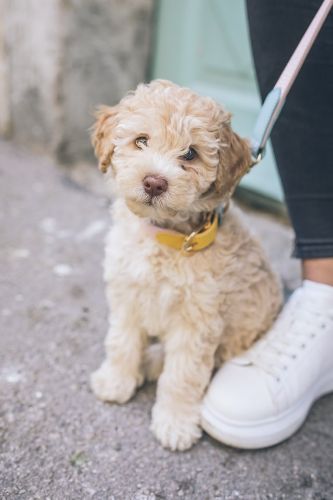
2. Set Schedule
Set the schedule for your puppy. Never let him relieve in the house or where you want them not to go.
According to akc, the perfect puppy toilet schedule should be like this:
# First Thing In The Morning:
Here first thing in the morning means immediately he wakes up. Even before you go to the toilet, take him to his potty spot.
Keep the crate near you when you are sleeping and whenever you hear the sound of him, just get up, open the crate, pick him up and take him to the potty.
Focus on “PICK HIM UP”. It will help! The puppy may soil the floor immediately after leaving the crate so when you will pick him up and drop him down where you want him to go, you will not be giving him the chance to relieve himself in the house.
Did we ask you to use the same door every time? Yes!
# 5-30 Minutes After Every Meal:
Your puppy must have a fixed eating schedule. Most puppies eat 2-4 times a day and the timing should be fixed.
And about the water! The puppy should be given water at regular intervals, to make sure that he has a relieving schedule.
If you have kept an eye on the puppy’s behavior; you must know that after how much time of eating or drinking your puppy relieves himself.
In case, you don’t know; Take him to the potty spot after 5 minutes of eating or drinking. If he goes, that’s great. If he doesn’t, give him another chance after another 5 minutes. Repeat, until you know the schedule of your pupp.
Younger puppies will go sooner after meals as compared to older puppies because of their muscle strength and ability to control the bladder.
# Whenever He Shows The Cues That He Needs To Go:
Dogs and puppies show some signs when they need to relieve themselves. Your puppy must have some specific cues too. Common cues are:
- Sniffing the ground
- circling
- Staring
- Barking
- Scratching the door
- Squatting
- Restlessness
- Changing position (like he was laying on the ground chewing something and suddenly he leaves the thing and start looking around)
- Going away from you when you are playing with him
You must have known his cues if you have spent time connecting with him and understanding him. If not, you can focus now. But it’s better to focus before you start training so you don’t give him a chance to relieve himself in the home.

# After Every Play Session:
Playing is like exercising, it will stimulate their small bladders. So it is best to take them to the toilet after you are finish playing with him.
# Right Before Bed & Nap Time:
Right before bed means when your puppy is going to sleep, take him to the potty spot.
Remove the water bowl 1-2 hours before bedtime so your puppy doesn’t have to go many times at night.
The same goes for the nap timings. Right before the puppy will be napping, take him to the potty spot.
# When You Are Leaving The Home:
Whenever you plan to leave the home, you must take your puppy to the potty and make sure the water bowl is removed 1-2 hours before you leave.
# When It’s time: (your puppy can’t hold the bladder any longer)
When none of this happened, but you know that the puppy can’t hold the bladder longer than this time, you should take him to the potty spot.
It’s for the sake of following the rule of thumb, “Never give your puppy a chance to relieve himself in the house or where you don’t want him to go.”
Here’s how long a puppy can hold his bladder according to age.
# Puppy Bladder Control Chart:
| Age | Controlled Bladder Duration |
| 0-4 Weeks | Less than an hour |
| 5-8 Weeks | 1-2 hours |
| 9-12 Weeks | 2-3 hours |
| 3-4 Months | 3-4 hours |
| 4-5 Months | 4-5 Hours |
| 5-6 Months | 5-7 Hours |
| 6-8 Months | 7-8 Hours |
| Older than 8-9 Months | 8-10 Hours |
When you know that he won’t be able to hold his bladder longer than this period, according to his age. You must take him.
3- When You Are Out For “Go Potty”:
When you are taking your puppy out or to the place where he will have to go potty. (ALWAYS USE A LEASH).
Stand Boring & Avoid Distractions
- Stand boring and never let your puppy think that they are here to play.
- Avoid all distractions and let your puppy relieve himself.
- Remember that the puppies get distracted easily, so if you see him being interested in something else, repeat your fixed command like, “go Potty”.
Reward Him Within A Second
Remember to keep a bunch of treats in your pocket and reward your puppy with a treat within a second on him relieving on the right place.
Dogs are extremely forgetful, you can’t wait to come back home to give them a treat, they won’t know that why you are rewarding them. So reward him right away, within a second.
Give Your Puppy Another Chance
Younger puppies don’t know how to fully empty their bladder. So you better give your pupp another chance.
Don’t go back home right away. Instead, wait for a few minutes and give him another chance to completely empty his bladder.
Praise
Don’t forget to praise him before returning home.
This is what you’ll have to do consistently in the next few weeks.
Step 6- How To Deal With Potty Accidents At Home:
If you know how to do the job, accidents shouldn’t happen but still what to do if one happens.
The very first thing we want to tell you is that an accident shouldn’t be a puppy’s fault. It’s a sign that you need to be more alert.
What If You Catch The Puppy Relieving At Home
If you catch him relieving in the home, interrupt immediately. Clap and say, “No”. Let your doggy know that it was wrong. If he stops, pick him up and take him to the potty spot.
Do not drag him while he is doing the deed, otherwise, you will end up cleaning the whole floor.
# Do Not Yell At Your Animal
Never yell at your puppy because it can do more harm than good. He may not understand why you are shouting. He will start becoming afraid of you and things will become worse.
The puppy may also hide from you; when he will feel the urge.
Clean Up The Mess With An Enzymatic Cleaner Immediately:
Immediately clean up the mess and always use enzymatic cleaners for this purpose.
Dogs have a natural instinct to pee where they smell the pee. Their sense of smell is way too strong.
A very negligible amount of smell left at a place may cause them to relieve themselves there again.
# Be More Firm With The Routine:
Acknowledge that the accident was your mistake and be firm with the established schedule.
Step 7- When You’ll Have To Go Back To Work.
If you have taken leaves from work; what do you have to do before going back to work?
Note Down Everything
Note down everything like the puppy’s eating and drinking schedule, the time he takes to relieve himself after a meal, signs, and cues he shows. etc
You can use a schedule planner like this. (Download for Free)
Note down everything and hand it over to the person who is going to take care of the puppy when you will not be there. Whether he is a family member or a pet sitter.
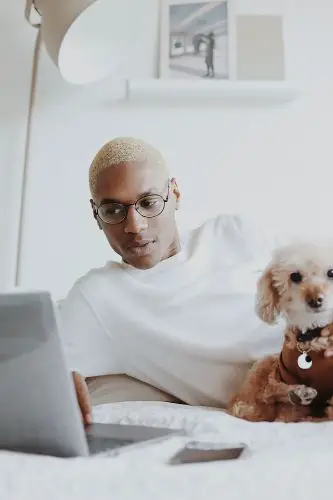
Don’t Disappear All Of A Sudden
If you managed to take leaves for some days, it’s better to not leave for work all of a sudden. Your puppy may feel lonely that a person was with him 24/7 and one day he is gone.
The day before you leave, you can call over the pet sitter or the other family member and spend some time together with the puppy. Leave for a few hours then come back and give time to the pupp to be familiar with the other person.
If the other person stays at home with him, this should not be a problem.
Follow up regularly
You can’t just train your puppy one time and expect him to follow the process ever after. It is very normal for puppies to get regressed. They just forget their training and start peeing and pooping in the house. So it is best to follow up with your training every now and then.
So this is all you have to do. Your puppy must start to follow good habits in a week but this procedure should be followed for months. With time the puppy will develop bladder strength so the potty breaks will be longer.
Our popular posts!
- Should I pee on my dog to show dominance?
- Small dog breed potty training!
- how to stop a dog from peeing when left alone?
- Puppy pee pad training problems (and solutions).
- 12 weeks old puppy still not potty trained! (Here’s everything you need to know?)
Frequently Asked Questions:
Here are further questions that are asked frequently:
Q1. How long does it take to potty train a puppy?
Typically it takes 1-3 months to potty train a puppy (& 4-6 months until you can say that he is completely housetrained). Sometimes it may take around 1 year. There are several factors that have a huge impact on the time taken.
How long does it take to potty train a puppy?
Q2. Can you potty train a puppy in a week?
You can develop very good habits in a week. The puppy will start to recognize the potty command and the spot you have fixed for him. In this time you must be able to understand the cues your pup shows when he needs to go and what schedule he follows. So the most part will be done in a week. However, you have to be consistent with the routine, keeping an eye on him and taking him to the spot, for at least 1-3 months.
Q3. How to know that the puppy is potty trained?
When the puppy goes without a potty accident for at least 2-3 weeks. He tells you by showing cues or ringing the bell or goes by himself (if he can). Then you can say that he is now potty trained. However, some puppies reverse their training, it’s called house training regression. There are many factors behind it.
How to know that a dog is now fully potty trained?
Q4. At what age a puppy should be potty trained?
Typically it takes around 4-6 months to fully house train a puppy, say if you started training your pup at 12 weeks of age, then he should be trained by the age of 7-9 months old. There are several factors to consider to reach a final answer.
At what age a puppy should be completely toilet trained?
Q5. What is the best age to start potty training a puppy?
The best age to start potty training your puppy is 12-24 weeks because they must have enough control over their bladder. However, you have to start developing good habits from day 1. Some people start to train the puppy as early as 8 weeks old but at this age, you can’t expect very good results.
Potty training a puppy at 8 weeks old.
Q6. What is the easiest way to potty train a puppy?
The easiest way to housetrain him is to set a schedule, know his personality and cues he shows when he needs to go, and guide him to the exact same potty spot whenever he needs to go. Consistency and patience will make you successful.
All information above is provided in order to make the process easier for you.
Q7. Can I Potty train a puppy on pads?
Although it is not recommended by many experts to potty train a puppy on pads. Sometimes it becomes inevitable. Like when you live in an apartment or in an area where the weather becomes extreme, you can use puppy potty pads.
Q8. Should I carry my puppy to pee outside?
Carrying a puppy to pee outside is a good practice when the puppy is young and can’t hold the bladder for longer. Also, when the puppy wakes up he may soil the floor immediately after leaving the crate. So, it’s better to carry him to pee outside.
Q9. Potty training a puppy on paper or newspaper?
Many people use newspaper or paper to train their puppy to go potty on it. It’s not costly but it’s not easier to clean either. Also, puppies may become used to pee on paper whether it is for their potty or if it’s an important document.
Q10. How do you stop a puppy from peeing or pooping in the house?
If you want to stop your puppy from peeing or pooping in the house then the simple answer is; never let him pee or poop inside the house. Fix schedule and understand the cues they show when they need to go. Immediately take them outside when you see that it’s time.
The whole article above guides you step by step; how to do it.
Q11. Why does a puppy pee in the house after being outside?
That’s because puppies don’t know how to empty their bladder fully. You must give them another chance after they relieve themselves outside once. Also, look for any underlying health condition that is hindering the process of potty training.
Q12. How to stop a dog from pooping and peeing in the same area of the house?
First thing first; never give him the freedom to roam around that area where he is pooping or peeing. Dogs are highly sensitive to smell. He must be smelling urine there that’s why he is going there again and again. If you can’t limit him. Clean that area with a great enzymatic cleaner and spray some vinegar or puppy repellent spray.
Q13. How to potty train a puppy at night?
You will have to set an alarm and keep the crate near you. The same method will be followed at night. (as you followed in the day). Take your puppy outside or to the potty spot and let him relieve himself. Reward him for a good job. DO NOT START PLAYING and put him back to sleep immediately.
What if your puppy pees in the crate at night?
Q14. Does vinegar stop dogs from pee in the house?
Dogs are highly sensitive to smell and they hate vinegar. So yes, the vinegar may stop dogs from peeing in the house.
Q15. I have tried everything but my dog doesn’t get it?
Dogs are animals. Rethink that where you are wrong. Are you being consistent with the schedule? If everything seems right, check if he is having some medical conditions?
Q16. My dog was potty trained but now he is peeing and pooping in the house. What to do?
This is called potty training regression. Learn more about it.
Now is the time to get your supplies and start training your puppy.
Find out all the supplies here:
| Sr. No | Supplies | Buy on Amazon | Estimated price (till date) |
|---|---|---|---|
| 1. | Crate | Shop Now | $ 30-60 |
| 2. | Playpen | Shop Now | $ 40-60 |
| 3. | Leash | Shop Now | $ 7-13 |
| 4. | Dog treats | Shop Now | depends upon the quantity |
| 5. | Enzyme Cleaner | Shop Now | $ 10-40 depending upon the quantity |
| 6. | Poop Bags | Shop Now | $20 – 25 for 100 count |
| 7. | Poop Scooper | Shop Now | $20-30 |
| 8. | Paper towels | Shop Now | $30-40 |
| 9. | UV Flashlight | Shop Now | $18-23 |
| 10. | Doggy Dolley (optional) | Shop Now | $ 50-60 |
| 11. | Potty bell (optional) | Shop Now | $ 25-40 |
| 12. | Pee pads (optional) | Shop Now | $ 20-25 for 100 count |
| 13. | Grass pads (optional) | Shop Now | $ 20-30 depending upon the size |
| 14. | Potty training spray (optional) | Shop Now | less then $ 5-10 |
Here are some supplies for your pet’s nails care,
